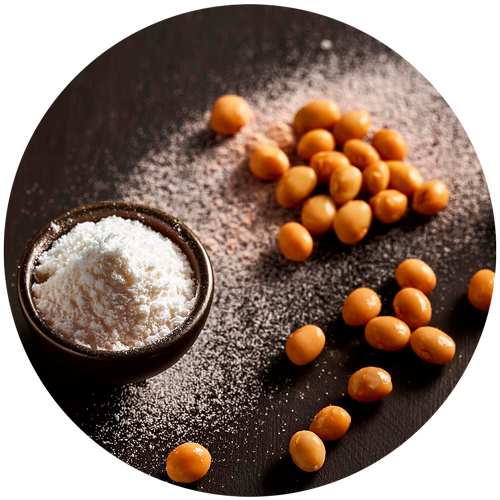

HORSE CHESTNUT
 Cardiovascular system
Cardiovascular system  Circulation
Circulation Horse chestnut Aesculus hippocastanum is an ornamental tree in the Hippocastanaceae family, native to southeastern Europe. Its escin content is thought to be responsible for its beneficial effect on the venous system.
Our references
Regulations
and analysis
Identification : TLC
Data on traditional use
Cahier de l’agence du médicament (France): (seed)
-
Used to treat symptoms of small vessels in the skin
-
Used to reduce the sensation of heavy legs
EMA monograph: (seed/bark)
- Relieves symptoms of leg discomfort and heaviness
Canada monograph: (seed)
- Used to aid venous circulation
Association ideas by health axis
Select one or more axes:

Detailed description
The horse chestnut Aesculus hippocastanum is an ornamental tree in the Hippocastanaceae family, native to southeastern Europe.
Its seed extracts contain flavonoids, polyphenols, triterpenoid saponin glycosides (escin), epicatechin, tannins, kaempferol and essential fatty acids.
The seeds are the main source of escin (found in lesser quantities in the leaves), which has a number of functions, notably on health and vascular function.



